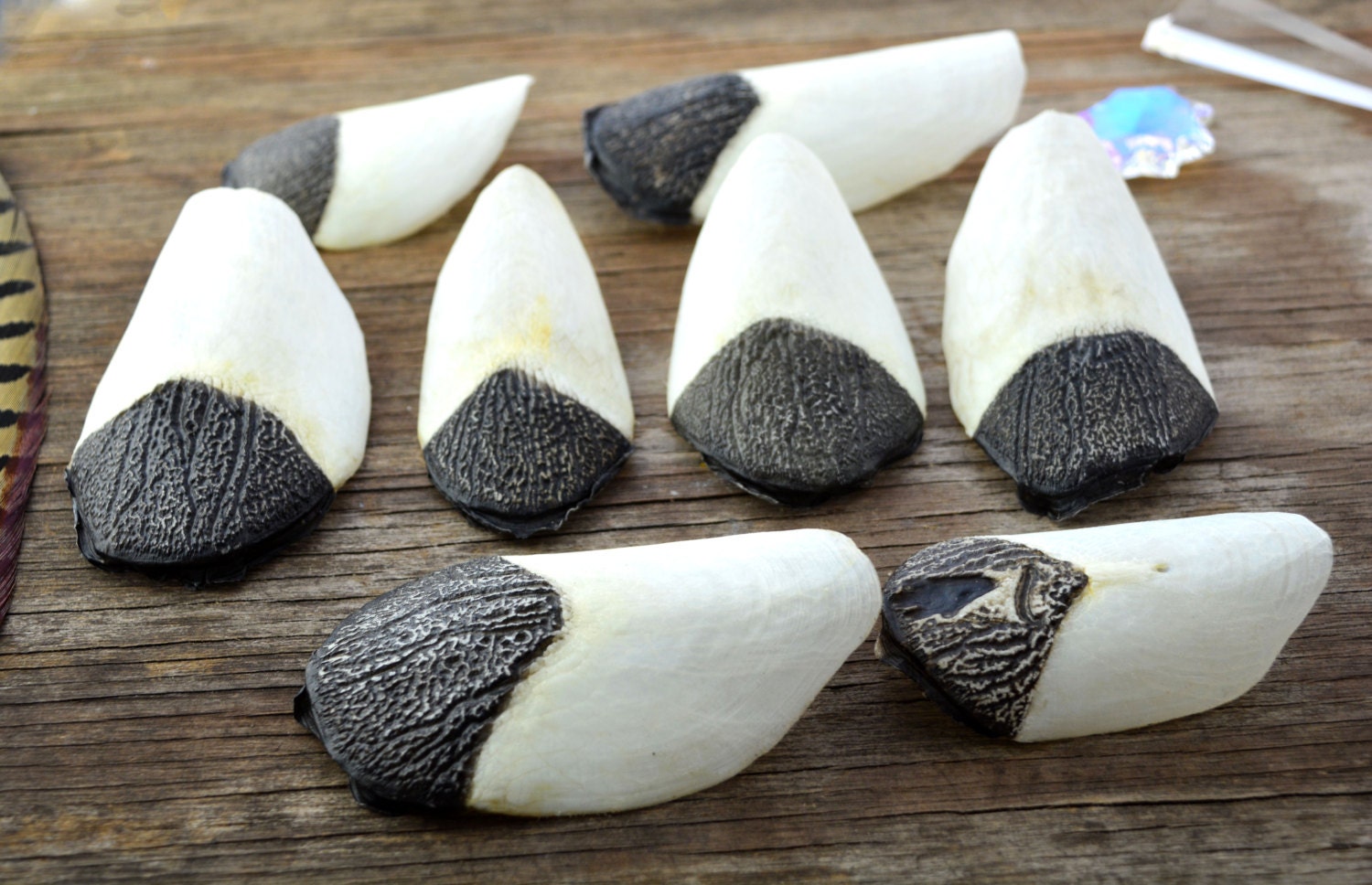Aquaculture: Arapaima
Description
This is Jim Fiorendino, your host for On the Ocean. Every 10 minutes, the Amazonian Arapaima gigas, or pirarucu, must swim to the surface for a gulp of air, filling its swim bladder which is made of lung-like tissue that supplements oxygen the pirarucu obtains from the water through its gills.
Pirarucu are large freshwater fish, growing to nearly 10 feet and weighing over 500 pounds. These fish have garnered interest as a possible candidate for aquaculture because of their large size, rapid growth, and flesh with a pleasing taste and no spines. Additionally, the scales of this species are commonly used in native jewelry.
<figure class="wp-caption aligncenter" style="width: 1500px;"> <figcaption class="wp-caption-text">Arapaima fish scales sold by NatureBeads on the website Etsy.com.</figcaption></figure>
<figcaption class="wp-caption-text">Arapaima fish scales sold by NatureBeads on the website Etsy.com.</figcaption></figure>
Aquaculture of pirarucu must overcome several challenges to be commercially viable. First, despite their large size, female pirarucu have low fecundity, which means they do not produce many offspring per individual. Additionally, pirarucu form monogamous couples and invest time and effort building nests and rearing their young. Biologists refer to this behavior as a k-selected species, in contrast with r-selected species which produce great numbers of offspring but do not expend effort caring for them and ensuring they reach maturity. Studies have shown that attempting to maintain a large ratio of female to male pirarucu reduces rather than enhances pirarucu reproduction. Additionally, pirarucu are carnivorous, feeding on herring, squid and shrimp. Growing pirarucu therefore requires some form of feed, which is much more expensive and labor-intensive than herbivorous species, but the high-quality of pirarucu fillets may justify the costs and intensive techniques required to culture this species.
<figure class="wp-caption aligncenter" style="width: 1172px;"> <figcaption class="wp-caption-text">Arapaima growing in floating cages in Lake Imiria, Peru. Image from: http://fishconsult.org/?p=11952</figcaption></figure>
<figcaption class="wp-caption-text">Arapaima growing in floating cages in Lake Imiria, Peru. Image from: http://fishconsult.org/?p=11952</figcaption></figure>
This has been On the Ocean, a program made possible by the Department of Oceanography and a production of KAMU FM on the campus of Texas A&M University in College Station. For more information and links, please go to ocean.tamu.edu and click On the Ocean.
Script Authors: Teresa Kenny and Ariatna Barcenas
Editor: James M. Fiorendino
Contributing Professor: Dr. Lisa Campbell
Featured image from: Smithsonian National Zoo, https://nationalzoo.si.edu/animals/arapaima





